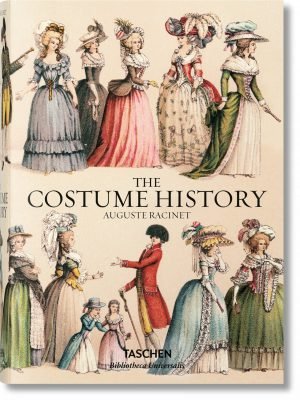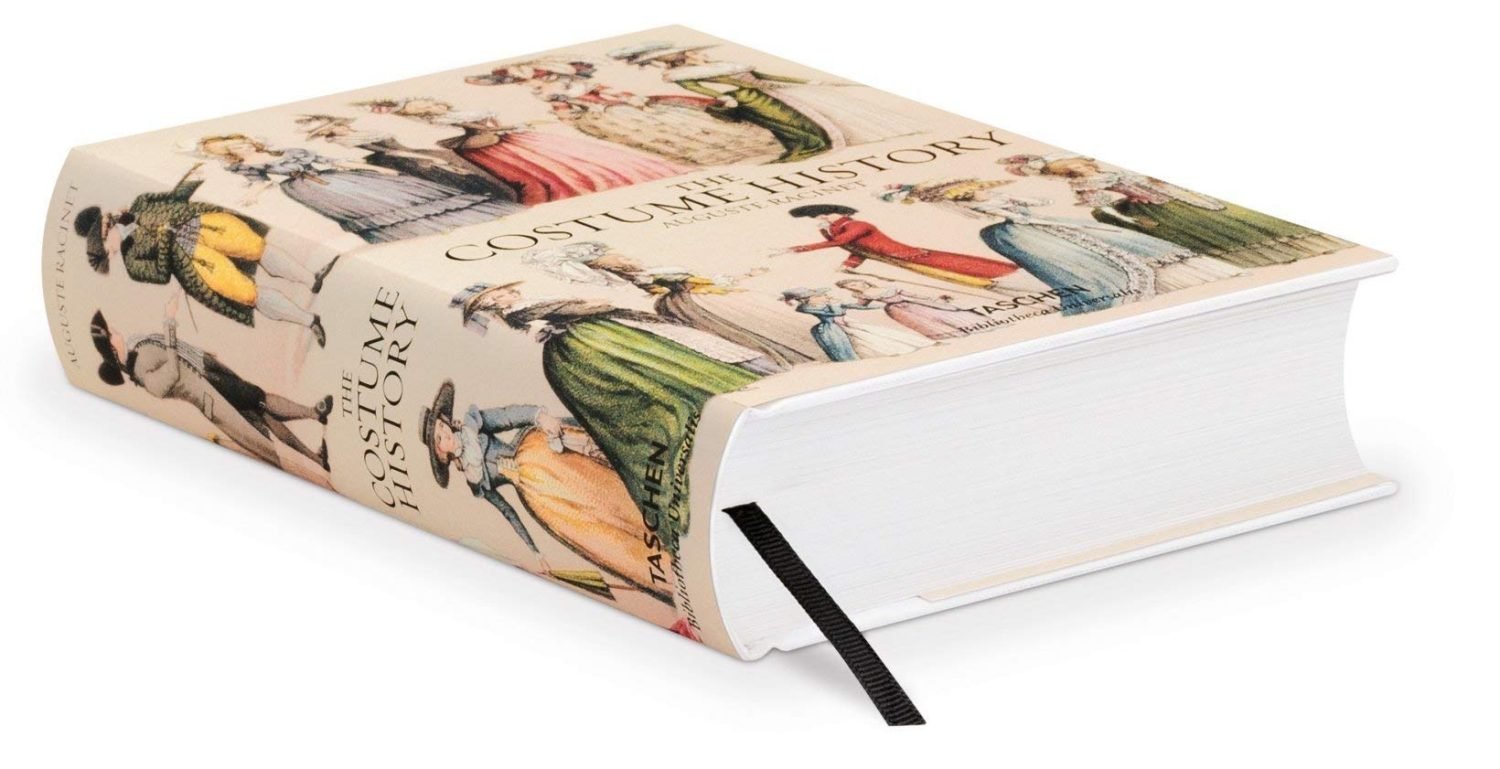
ROME. FIELD SIGNS AND FLAGS.
The Romans originally had a hay bundle attached to the tip of a lance as a standard. Only in the time of Marius the eagle became the common standard of a legion, which was carried by the Aquilifer. The name is derived from the nature of the standard, aquila means “eagle” and fers, referring to the Latin word to take or carry. This was a special honorary rank for deserved non-commissioned officers shortly before their release and belonged to the Principales (such as sergeants, received a higher salary than ordinary soldiers. The Aquilifer was the highest ranking signifier of a legion, who carried the legionary eagle.
This main standard was made of gold, silver or bronze; the eagle, measuring about the size of a dove, stood there with its wings spread, often on a lightning bolt. With the exception of Marius, boars, horses, bitches, bulls and suchlike had been used as field marks. Under the eagle, various metal ornaments were attached, such as large medallions, bust pictures of the emperors, wreaths woven together with ribbons, which perhaps reminded one of the old bundles of grass, military decorations of the respective unit and other distinguishing marks. Thus the legionary eagle became a heavy burden for the bearer, who was not allowed to get rid of it even during the march. The images of the emperors were worshipped divinely through flowers, incense donations and libations.

Each cohort, of which each legion since Marius ten comprised, had its own standard (signum). Each cohort disintegrated into three Maniples, each of which had its own signum. How they differed from each other is not known with certainty.
It is believed, however, that the field marks with the upright, outstretched hand (manus) belonged to the Manipels (nos. 4, 15, 17) and those with the image of an animal or human figure were carried before the cohorts. Such a picture was called insigne and the field sign was therefore called Signum. One finds the animals already mentioned above (nos. 26, 13), armed warriors (no. 3), the goddess of victory (no. 3-2) and suchlike.
The actual flag or standard, a square piece of stuff attached to a pole by means of a crossbar, the vexillum, was also carried by some divisions of the infantry, but mainly by the cavalry, which had no other standard. On the cloth was the name and symbol of the legion, the name or number of the cohort. The auxiliary people also wore the vexillum. That of the cavalry was usually blue, that of the consul or the commander-in-chief, which was put on the tent as a sign at the beginning of the battle, white, that of the infantry red. Simple vexillas are nos. 2, 6, 25, 33; if the lower edge was serrated, such a flag was called flammula (nos. 23, 34).
The bunting was also added to the legionary eagles (nos. 7, 14, 30) and the standard of the cohorts and Manipels (nos. 4, 8, 30). Special insignia of the signa, such as walls with towers and gates (nos. 1, 10, 16, 27j or ship’s beaks (no. 30), seem to point to captured fortresses and participation in sea battles. The torch on No. 1 is explained by the fact that at night fire was lit on the field signs during the march.
The labarum of the Roman emperors who converted to Christianity since Constantine was a variant of the vexillum. On the silk bunting were embroidered the portraits of the emperors or the monogram and cross of Christ. At the top of the flagpole was a golden crown in which the monogram of Christ and the cross were inserted.
The standard of the barbarians, the Dacians, Scythians, Parthians, etc., was also adopted by Roman cohorts at the time of Trajan. They were dragons and snakes of silk with heads and jaws of noble and base metal. The wind could penetrate through the open throat into the inside and inflate the bellows. The fabric was painted red or colored (No. 9, 22, 31).
Since the standard was originally attached to a lance, the tip of the lance has been preserved in the vexillas, which had no special crowning. The lower end of the flagstaff also ended in a point so that the standard could be pushed into the ground during the battle, where it retreated to the middle of the unit, and during the rest on the march (nos. 27, 30, 35). To make it easier to pull out, there were handles above the tip, which can be seen on nos. 30 and 35.
In the event of the death of the army commanders, the ornamentation of the eagles and standard were removed, a custom that was handed down especially at the death of Germanicus.
(According to Roman monuments at Montfaucon and Mongez.)
Source: History of the costume in chronological development by Albert Charles Auguste Racinet. Edited by Adolf Rosenberg. Berlin 1888.








